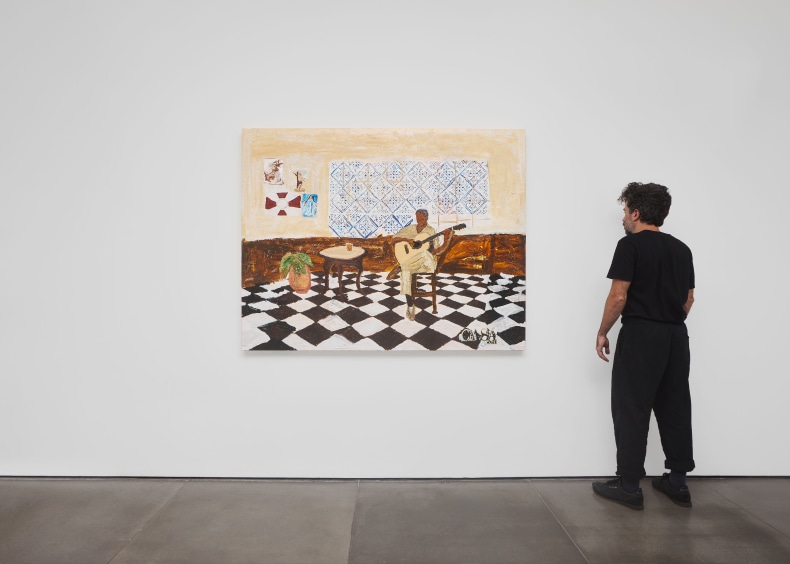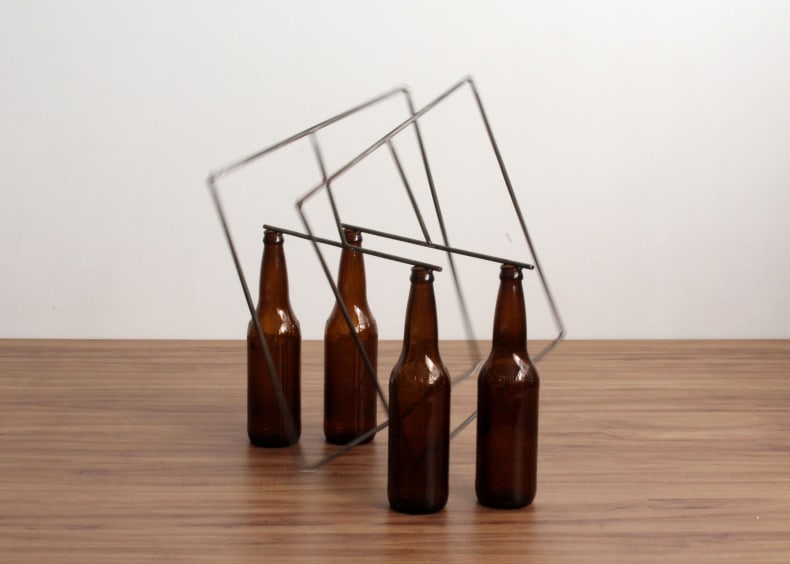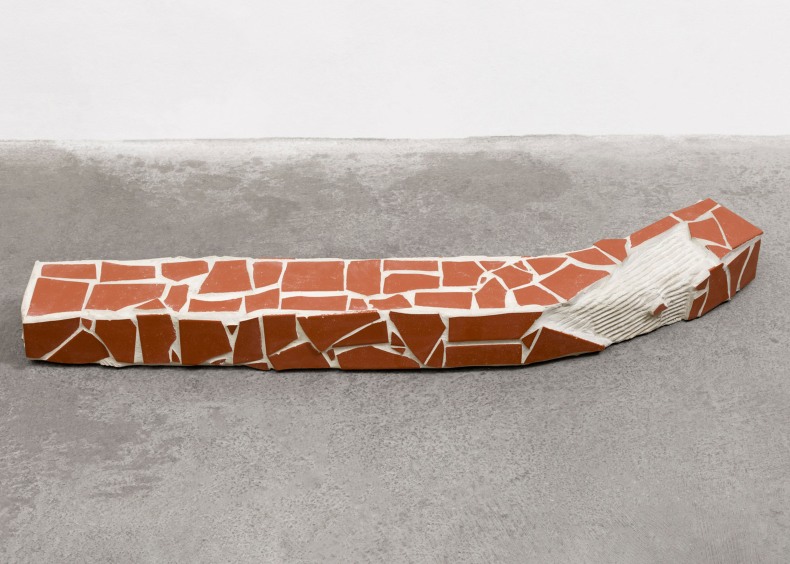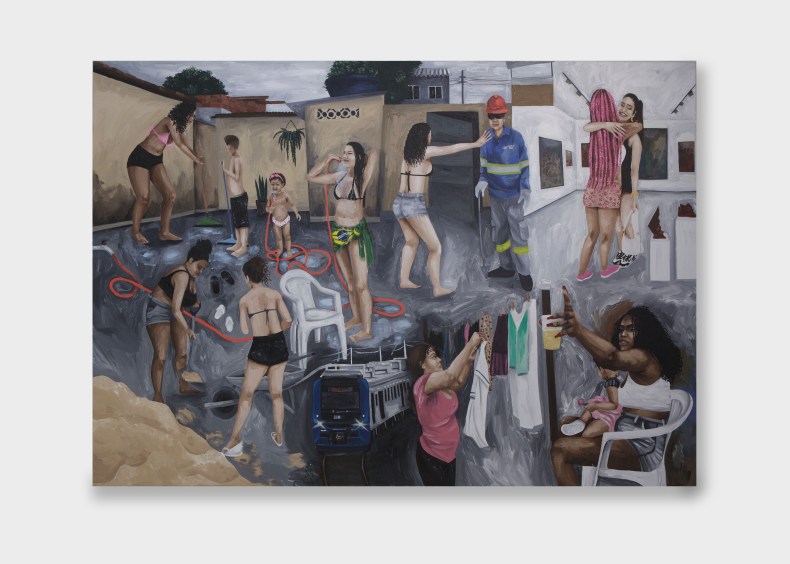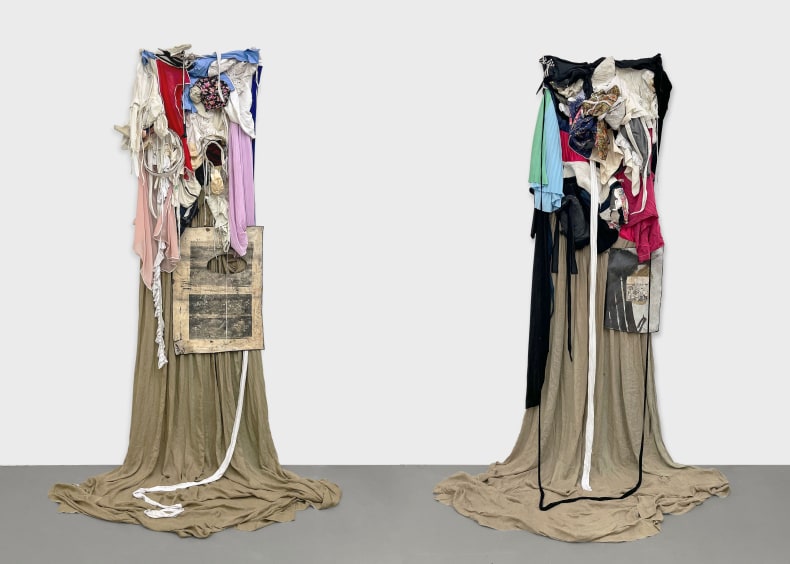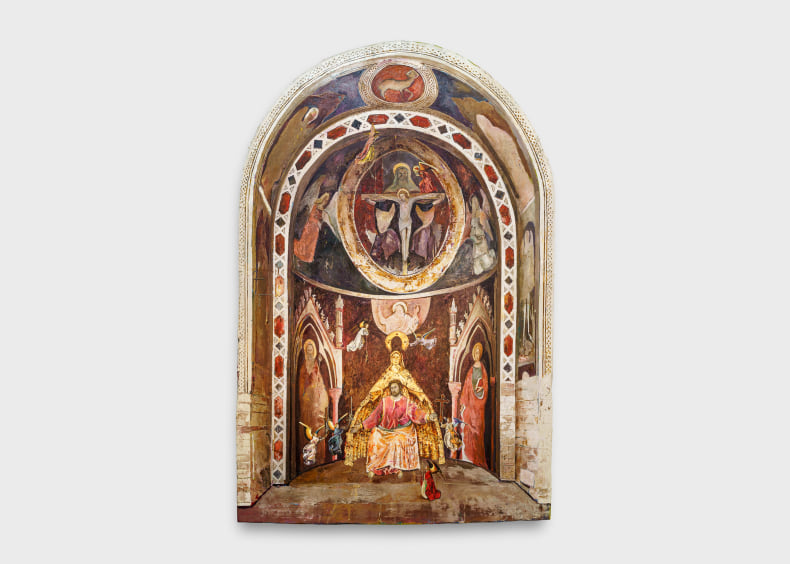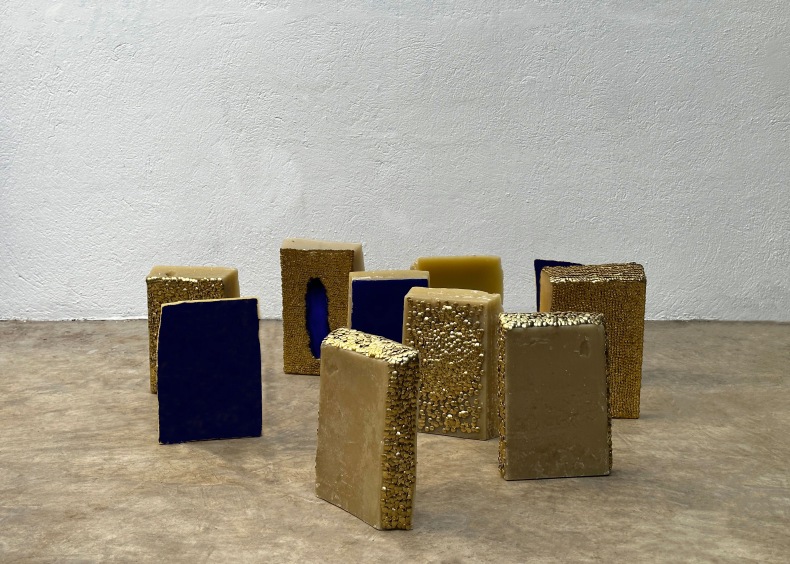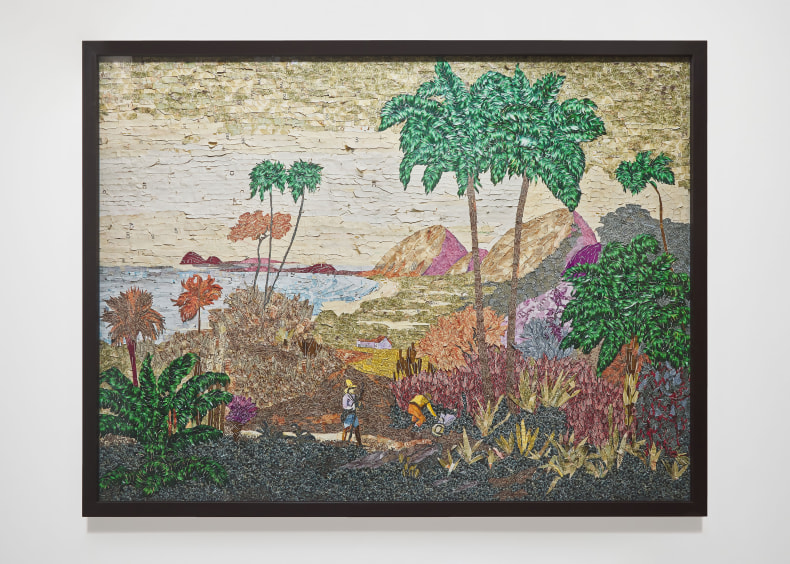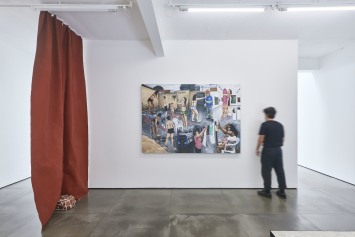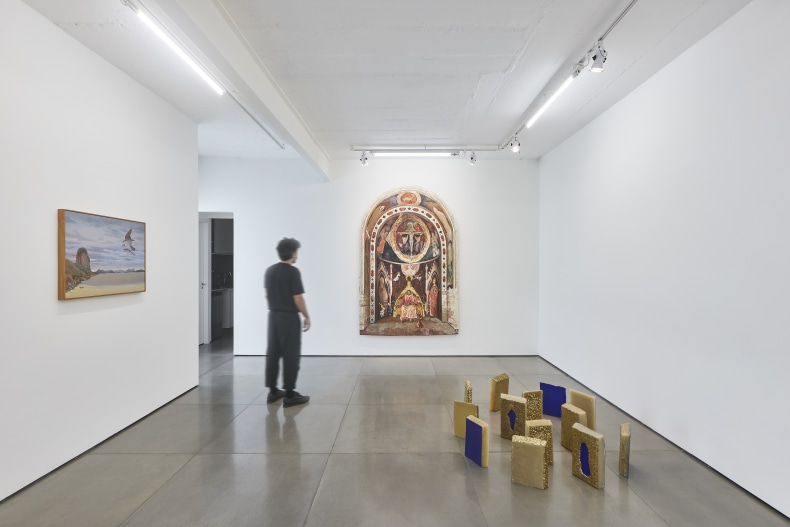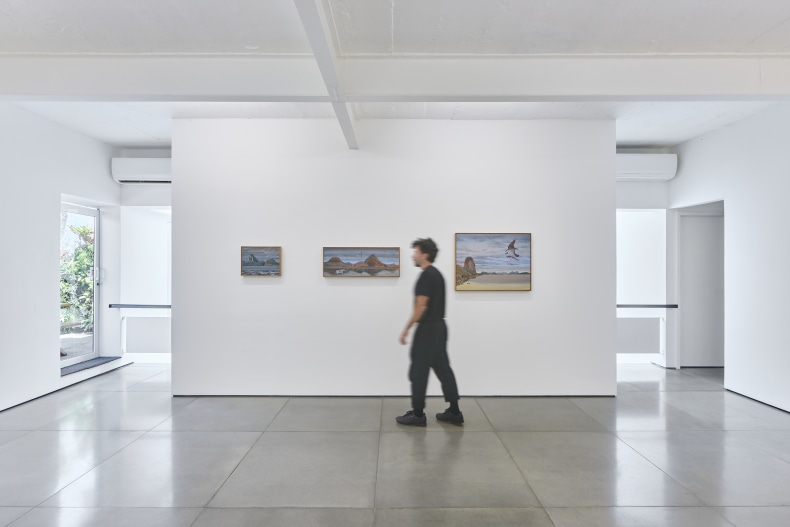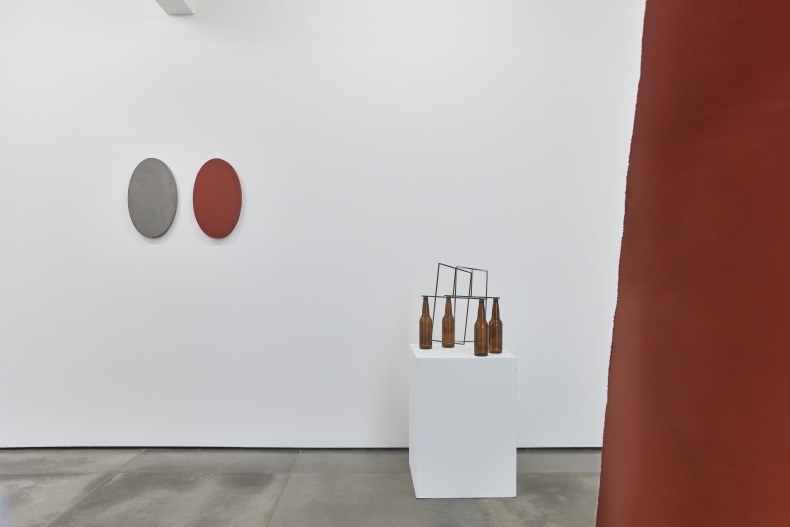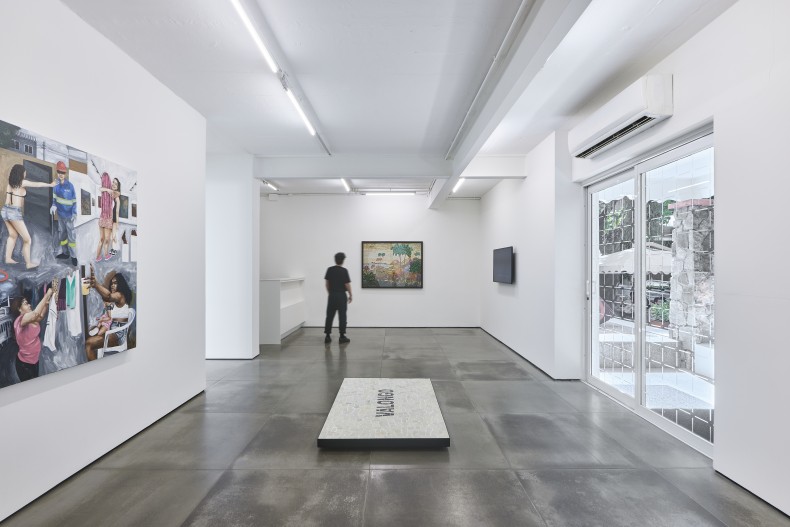Nara Roesler Rio de Janeiro is pleased to present This always wonderfrul city, a group show curated by Theo Monteiro that seeks to discuss the characteristics, cultural elements, situations and contradictions of the city of Rio de Janeiro through the works of twelve artists from different languages and generations.
The title of the exhibition refers to an excerpt from a samba by Ismael Silva (1905-1978), entitled Antonico. Before singing the song, Silva briefly introduces himself to his audience: "My name is Ismael Silva, I was born in Jurujuba, Niterói, and I moved to Rio, this always wonderful city, when I was three years old (...)". His talk about the city, however, is full of irony, showing that, behind catchphrases and commonplaces, there is great complexity and a series of contradictory elements.
The show is divided into two sections, each located on one of the gallery's floors. On the lower floor are works that discuss themes and issues linked to everyday life and more tangible realities, such as social inequality, which is very present in everyday life in the city and materializes in different ways in the works. Part of this group is the work "Valongo", by Jaime Lauriano, from the series Pedras Portuguesas [Portuguese Stones], developed by the artist since 2017 and in which, using the material widely used to pave the city's waterfront, Lauriano inscribes the names of former ports of exit for enslaved people, founded by Portugal along the African coast. Another work that makes up the nucleus is the video Bang Bang, by Raul Mourão, in which some of his kinetic sculptures are shot at, referring to the violence present in the city as a result of certain urban projects.
Cultural manifestations and a range of knowledge flourish in the former capital, aspects that can be seen in the work of artists Ana Hortides and Priscila Rooxo. While Hortides explores in her poetics elements linked to the constructive and domestic knowledge present in popular architecture, Rooxo portrays aspects of daily life on the outskirts of Rio and adjacent municipalities, such as work, festivals and clothing, which are part of the construction of an emancipatory narrative for these communities.
On the upper floor are works that discuss aspects of the city that are linked to the spiritual, the oneiric and the mythological. In the words of curator Theo Monteiro: "In a city where life is vehement, trance, worship and dreams play a crucial role, they are a way of venting and surviving". In this section, one of the highlights is Maracanã, a video by Marcos Chaves that will be shown for the first time in the city and in which the artist shows the anthological stadium, completely full, but with the lights off and illuminated only by flashlights and cell phones. Disturbing aspects linked to these forms of "letting loose", however, also materialize through the works of André Griffo and Yohana Oizumi. Using different languages, the two discuss consequences linked to aspects of religious fundamentalism, he through painting, she through a sculptural work.
Although most of the artists in the exhibition are from Rio de Janeiro, two are from outside the city and one is a foreigner. For the curator, however, the discussions they present are deeply connected to aspects present in the city: "the scope of the situations and issues experienced by Rio de Janeiro already transcends the limits of the municipality, becoming present in other regions of Brazil and feeding the foreign imagination."


